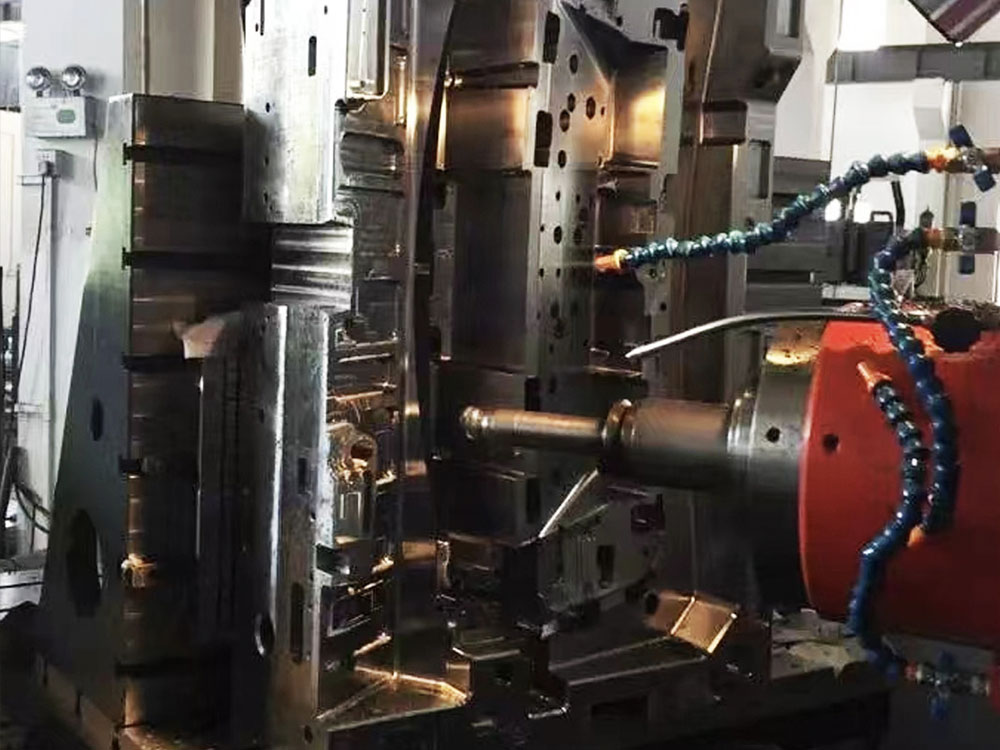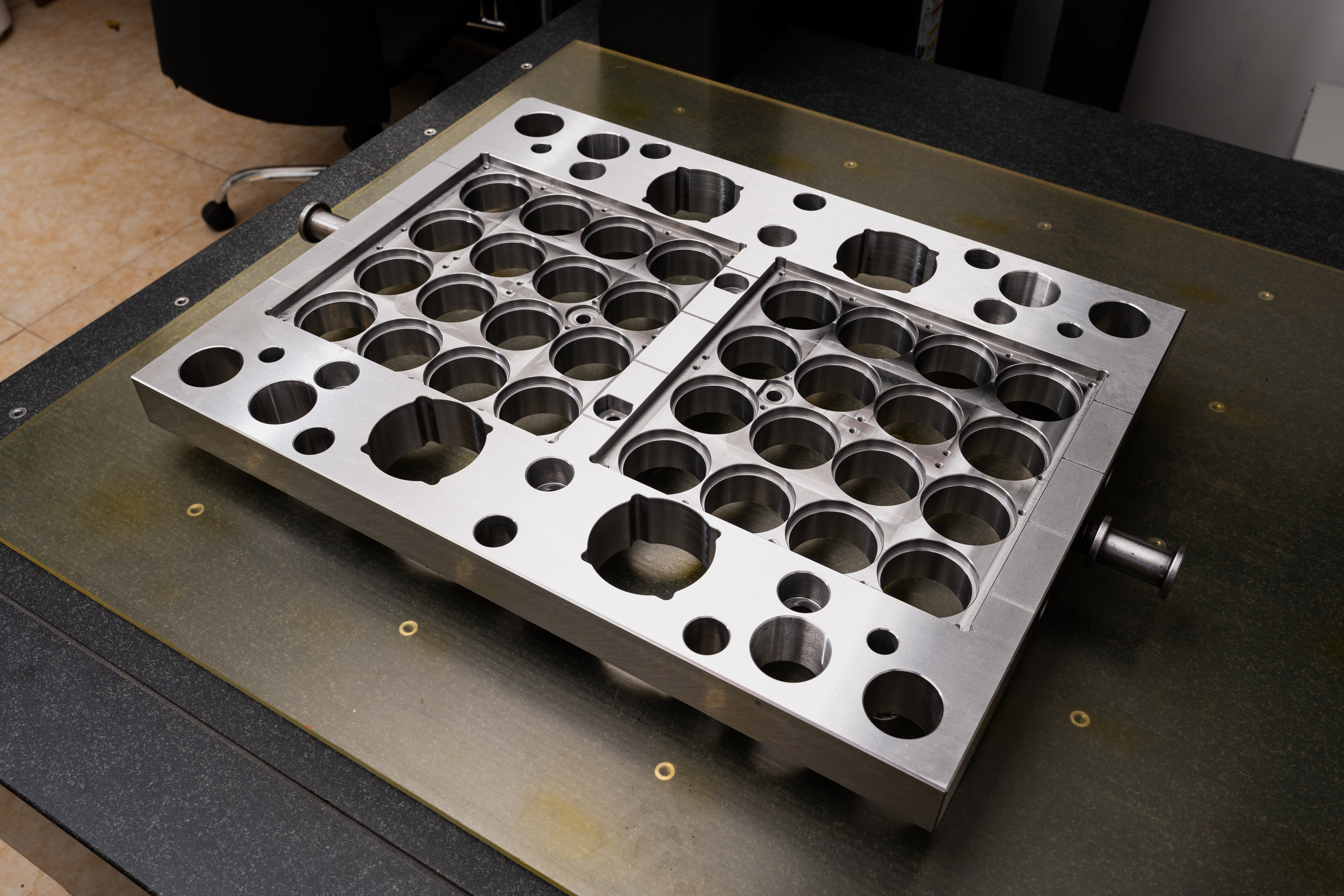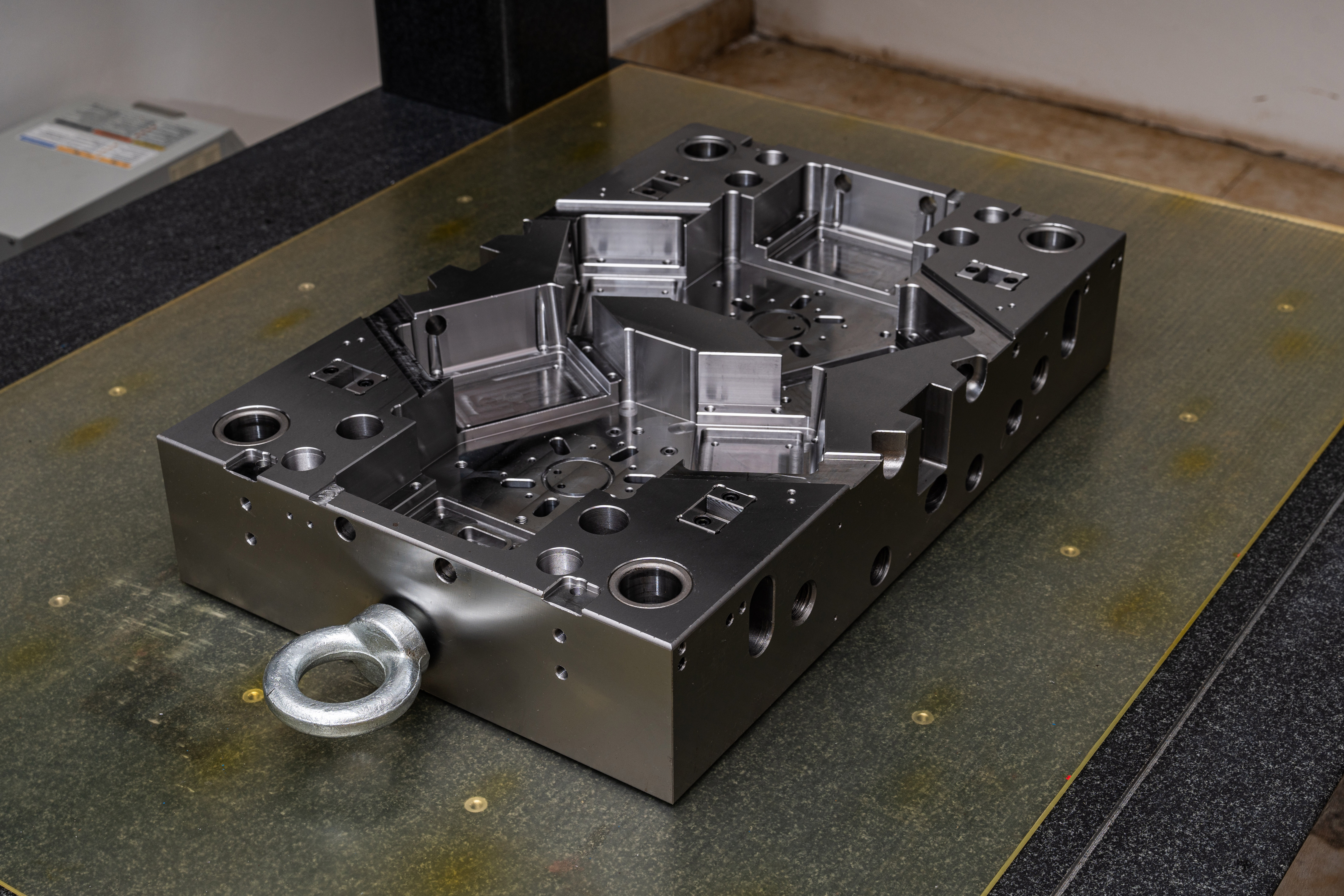How to Assemble a Workholding Fixture for Machining Centers
In the mold base industry, workholding fixtures play a crucial role in ensuring precise and efficient machining processes. These fixtures provide stability and support for the workpiece, allowing for accurate and repeatable machining operations. Proper assembly of a workholding fixture is essential to achieve optimal results. In this article, we will outline the step-by-step process for assembling a workholding fixture for machining centers.
Step 1: Gather the Required Components
Before starting the assembly process, it is important to gather all the necessary components for the workholding fixture. These components typically include the base plate, clamps, pins, screws, and other hardware. Ensure that all components are clean and free from any defects or damage.
Step 2: Prepare the Base Plate
The base plate is the foundation of the workholding fixture. Begin by cleaning and inspecting the base plate for any imperfections. Ensure that it is flat and free from any debris. Depending on the specific requirements of your machining operation, you may need to machine the base plate to create mounting holes or slots. Use precision measuring tools to ensure accurate dimensions.
Step 3: Position and Align the Components
Next, position and align the clamps, pins, and other components onto the base plate. Refer to the design or blueprint for proper placement. Use precision measurement tools, such as dial indicators, to align the components accurately. Tighten any screws or bolts securely, but be careful not to overtighten, as this can lead to distortion of the base plate.
Step 4: Test the Fixture
Once the components are assembled, it is essential to test the workholding fixture before using it in actual machining operations. Verify that the fixture securely holds the workpiece and provides stable support. Apply force or pressure in different directions to ensure that the fixture can withstand the load without any movement or shifting. Make any necessary adjustments or modifications to improve the fixture's performance if required.
Step 5: Maintenance and Inspection
Regular maintenance and inspection are crucial to ensure the ongoing performance and longevity of the workholding fixture. Inspect the fixture for any signs of wear, damage, or misalignment. Clean and lubricate the moving components to prevent friction and ensure smooth operation. Replace any worn-out or damaged parts promptly.
Conclusion
Assembling a workholding fixture for machining centers in the mold base industry requires careful attention to detail and precision. By following the step-by-step process outlined in this article, you can ensure the proper assembly and performance of your workholding fixture. Remember to always prioritize safety and quality throughout the assembly and maintenance process to achieve optimal results in your machining operations.




